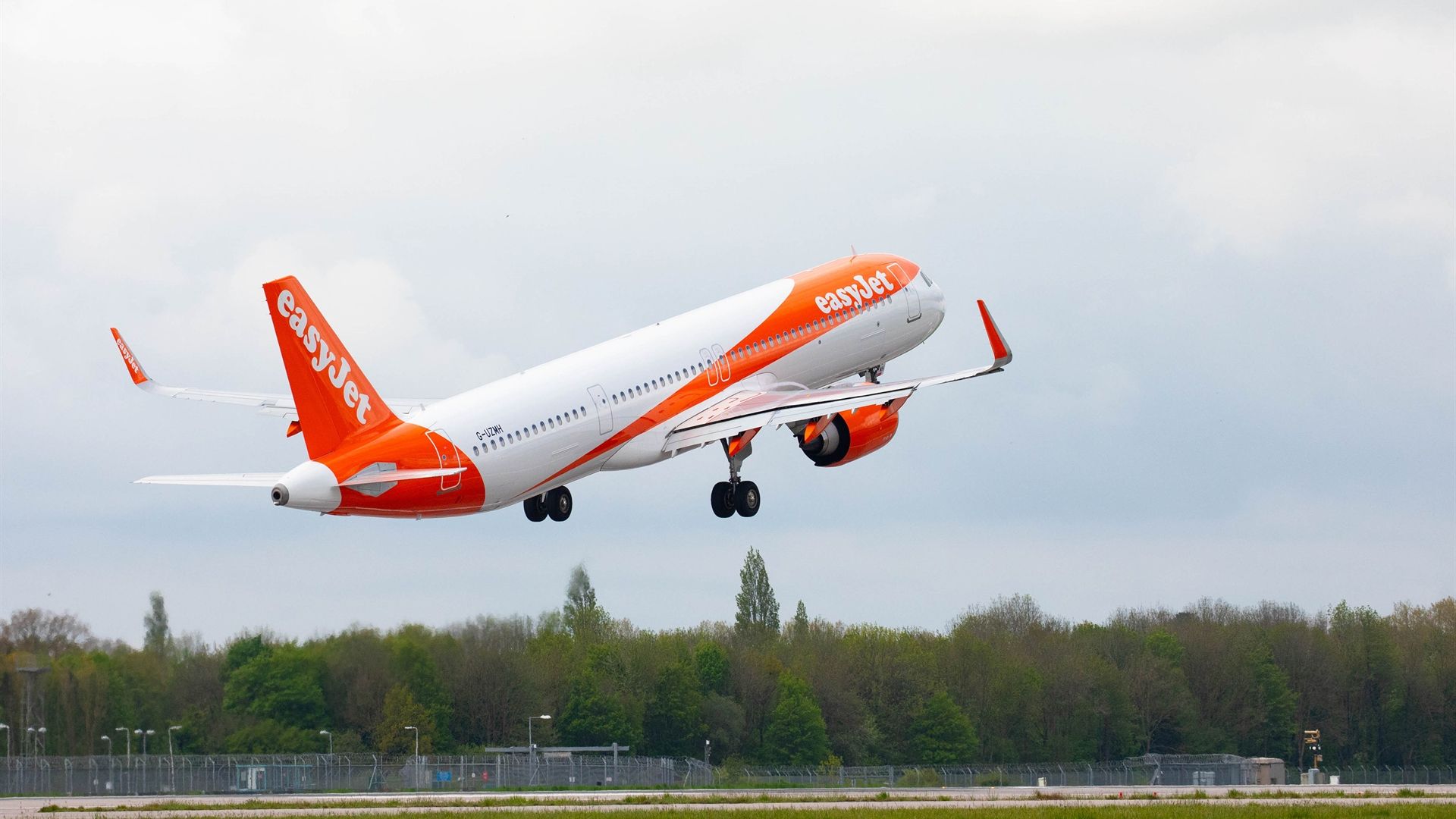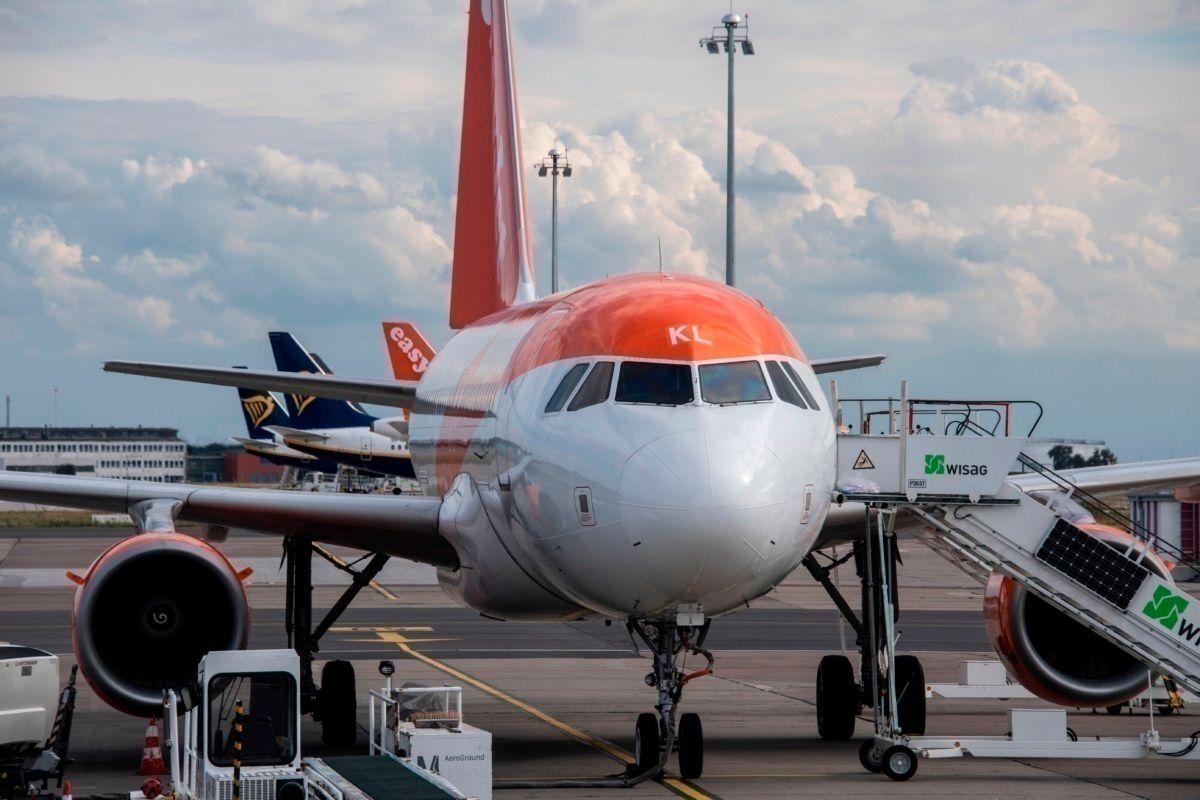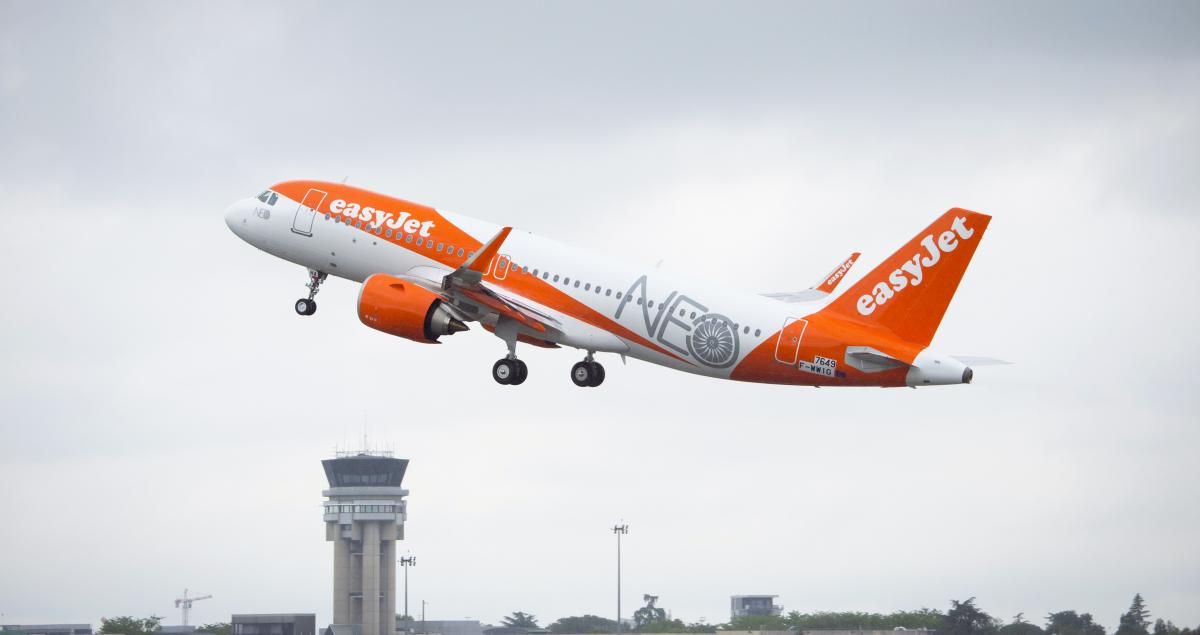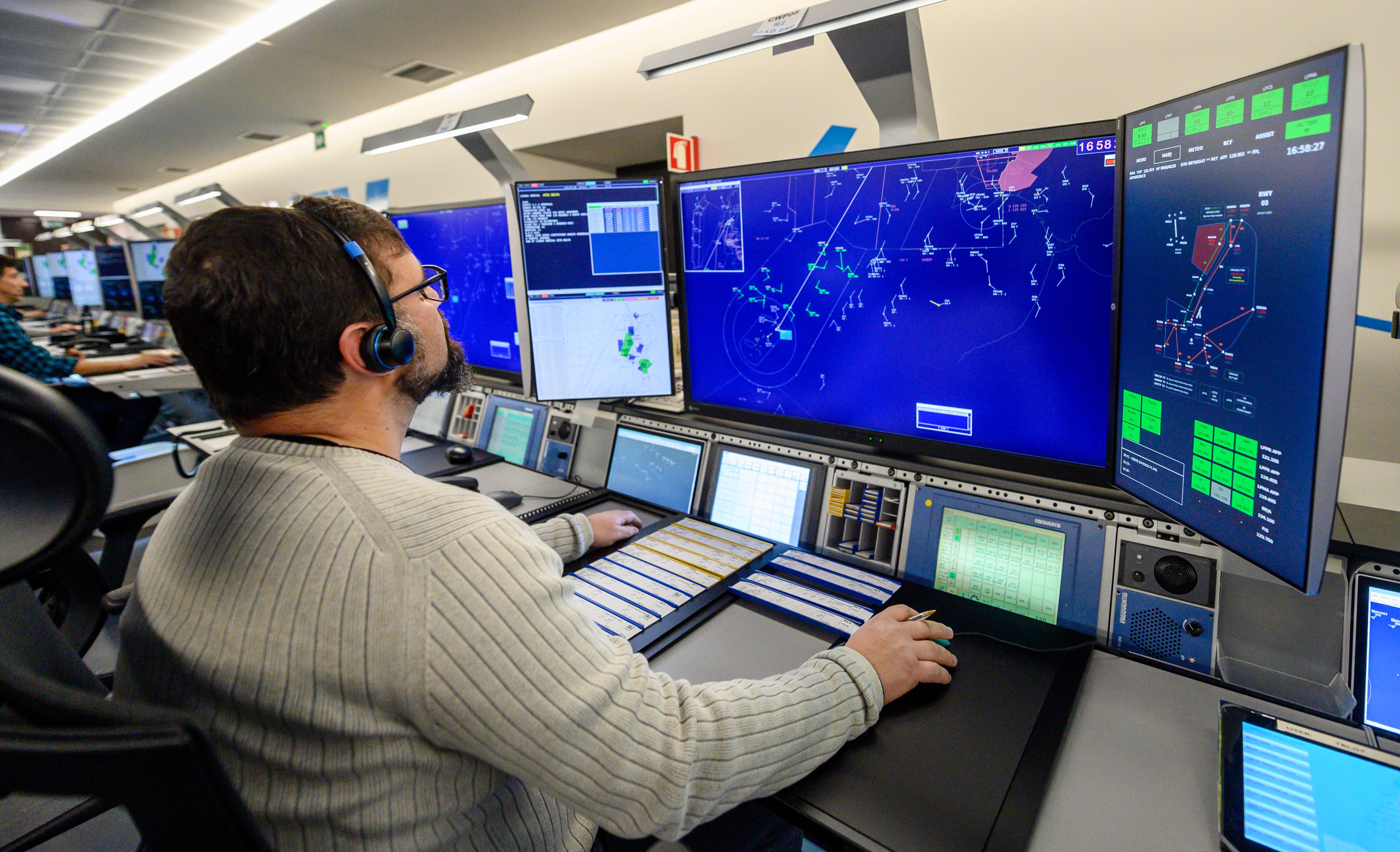Yesterday, Airbus and easyJet announced new flight optimization technology will be fitted on the airline's A320-family aircraft. The two Airbus technologies, Descent Profile Optimization (DPO) and Continuous Descent Approach (CDA), are designed to reduce fuel consumption and noise impact by allowing the aircraft to descend using only idle engine thrust.
Some really big claims here
In its announcement, easyJet says that when the retrofit is completed by this time next year, it will have the world's largest fleet of DPO and CDA enabled aircraft. It says this will lead to an estimated annual carbon emission reduction of 88,600 metric tons of CO2 or the equivalent of driving an average car 16,173 times around the earth. Airbus adds that easyJet will save more than 98,000 kilograms (216,000 pounds) of fuel per year per aircraft. These are very significant savings, both from reducing emissions but also by cutting a hole in the airline's fuel bill. But are they realistic?
DPO and CDA pretty much describe themselves. In simple terms, they update the flight management system to allow the aircraft to descend from cruise altitude using only idle engine thrust. Using the technology allows pilots to maximize the time spent at the efficient cruise level by not starting the descent too early. Airbus says this "removes the level-off stage at the bottom of the descent when the aircraft's engines generate thrust to maintain level flight in dense air prior to final landing approach."
Airbus adds that by optimizing the descent trajectories and reducing the fuel flow to the engines via the idle thrust setting, thanks to the DPO and CDA functions, easyJet will save the aforementioned 98,000 kgs of fuel per aircraft per year. Before all the highly trained pilots out there start complaining to my boss, even a humble journalist can spot the missing piece in this puzzle.
How can any of this work in the crowded airspaces of Europe or North America that pilots must navigate daily? It can't unless there is a radical overhaul of how air traffic management works, which does get a mention in the announcements.
Get all the latest aviation news right here on Simple Flying
What about the role of ATM?
Captain David Morgan, easyJet's interim chief operating officer, explained that the ultimate goal is to achieve zero carbon emission flying, but the airline also needs to focus on "reducing carbon emissions in our operations each and every day. Going further, he added:
"That's why this multi-million-pound investment is an important step in achieving a permanent reduction in the short-term, which will see us operating the largest fleet of DPO and CDA enabled aircraft in the world."
"But one crucial element to reduce carbon emissions right now cannot be achieved by the industry alone, and so we are also calling on governments to introduce airspace modernization right now, including finally implementing the Single European Sky."
Optimizing flight paths is an everyday part of flight planning, and some very sophisticated models are used in that space. However, if you talk to the people who develop them, they will all say that without a coordinated ATM system, the optimized flight plan goes out the window every time there is a delay, be it in the air or on the ground. The Airbus tools will no doubt make the process more automated and simple to use, but how can it work if an aircraft is put into a holding pattern, has its route changed or can't continue on its smooth descent with the engines at idle?
Get the latest aviation news straight to your inbox: Sign up for our newsletters today.
Airbus EVP, region and sales Europe, Wouter Van Wersch, put it another way by saying:
"Emission reduction in aviation is most successfully achieved as a team effort - aircraft manufacturers joining forces with airlines and air traffic management."
Even to a journalist, it seems that unless all three are onboard, saying you will save 98,000 kilograms of fuel per aircraft per year seems a spin too far.
What do the pilots among us think?





